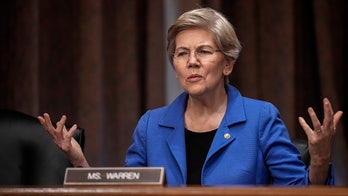
WASHINGTON -- President Barack Obama, facing a raft of political fights and growing challenges abroad, made the politically easy choice when he decided Federal Reserve Chairman Ben S. Bernanke should serve another term.
Obama could have chosen a more ideological Fed chief, or a fellow Democrat. Indeed, when Obama picked Lawrence Summers to chair the White House National Economic Council, many on Wall Street and in Washington saw it as a way station until the former Harvard University president could step up to the Fed chairmanship.
Obama also could have chosen Janet Yellen, president of the Federal Reserve Bank of San Francisco and a former Clinton White House economist.
Instead, he followed the lead of the last Democratic president, Bill Clinton, and stuck with a Republican -- in Clinton's case, Alan Greenspan, in Obama's, Bernanke. Both men chose continuity and bipartisanship over the urge to remake the Fed in their images.
Clinton wanted the Greenspan prosperity to continue. Obama didn't want to jeopardize a fledgling recovery from the worst recession since the Depression.
"In the end, speculation made for good cocktail party chatter, and Obama made the only choice he could make," said Tony Fratto, a former Bush White House official who also served in the Bush administration's Treasury Department.
"Economic historians will look back on Bernanke's record in the lead-up to the financial crisis and the extraordinary actions he took during the financial crisis," Fratto said. "Whatever faults they may find, they will have to conclude that Bernanke's actions prevented the collapse of our financial system."




